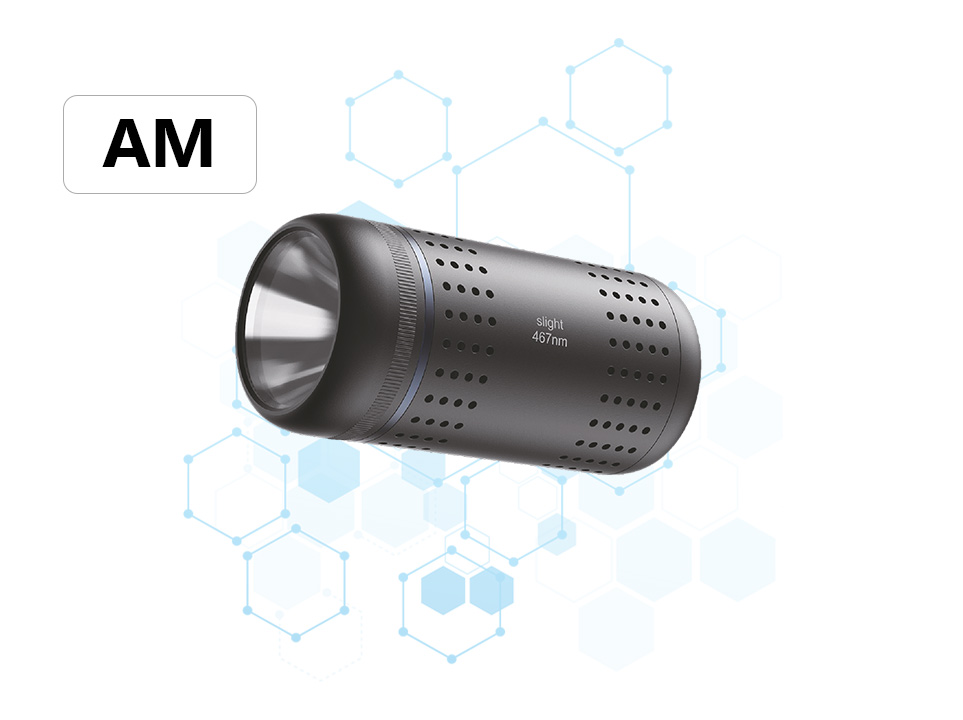Working Principles of Liquid-Cooled Temperature-Controlled Photoreactors
Abstract:
Liquid-cooled temperature-controlled photoreactors are widely used in photochemical research and industrial applications due to their ability to maintain precise and uniform temperature conditions during light-driven reactions. This paper explores the working principles of liquid-cooled photoreactors, focusing on their design, heat transfer mechanisms, and operational advantages. The discussion highlights the integration of liquid cooling systems with photoreactor components, their role in enhancing reaction efficiency, and their applications in various photochemical processes.
1. Introduction
Photochemical reactions are highly sensitive to temperature fluctuations, which can significantly impact reaction kinetics, selectivity, and product yield. Liquid-cooled temperature-controlled photoreactors provide an effective solution for maintaining stable reaction conditions, particularly in exothermic or high-intensity light-driven processes. This paper delves into the working principles of these reactors, emphasizing their design and operational benefits.
2. Design and Components
2.1 Reactor Vessel
The reactor vessel is typically made of materials with high thermal conductivity and chemical resistance, such as glass, quartz, or stainless steel. It houses the reaction mixture and allows light penetration for photochemical activation.
2.2 Light Source
Light sources, such as LEDs, mercury lamps, or lasers, are used to initiate photochemical reactions. The intensity and wavelength of the light are carefully selected based on the reaction requirements.
2.3 Liquid Cooling System
The liquid cooling system is the core component for temperature control. It consists of a heat transfer fluid (e.g., water, oil, or coolant), a circulation pump, a heat exchanger, and temperature sensors. The fluid circulates through channels or jackets surrounding the reactor vessel to absorb and dissipate heat.
2.4 Temperature Control Unit
A temperature control unit regulates the flow and temperature of the cooling fluid. It often includes a feedback loop with temperature sensors to maintain the desired reaction temperature within a narrow range.
3. Working Principles
3.1 Heat Transfer Mechanism
The liquid cooling system operates on the principle of convective heat transfer. The heat generated by the light source or exothermic reactions is absorbed by the cooling fluid as it flows through the reactor's cooling channels or jackets. The heated fluid is then circulated to a heat exchanger, where it releases heat to the environment or a secondary cooling system.
3.2 Temperature Regulation
Temperature sensors monitor the reaction temperature in real time and transmit data to the control unit. The control unit adjusts the flow rate and temperature of the cooling fluid to maintain the setpoint temperature. This closed-loop system ensures precise and stable temperature control throughout the reaction.
3.3 Uniformity and Efficiency
The liquid cooling system provides uniform temperature distribution across the reactor vessel, minimizing hot spots and ensuring consistent reaction conditions. This uniformity enhances reaction efficiency and reproducibility, particularly in large-scale or high-intensity applications.
4. Operational Advantages
4.1 Precise Temperature Control
Liquid-cooled systems offer superior temperature control compared to air-cooled or Peltier-based systems, especially for high-heat-load reactions. They can maintain temperatures within ±0.1°C of the setpoint, ensuring optimal reaction conditions.
4.2 Scalability
Liquid-cooled photoreactors are highly scalable, making them suitable for both laboratory research and industrial production. The cooling capacity can be easily adjusted by modifying the flow rate or using a larger heat exchanger.
4.3 Energy Efficiency
By efficiently dissipating heat, liquid-cooled systems reduce energy consumption and minimize the risk of thermal degradation or side reactions. This energy efficiency is particularly beneficial for sustainable processes.
4.4 Versatility
Liquid-cooled photoreactors can be adapted for a wide range of photochemical reactions, including photocatalytic degradation, photopolymerization, and solar fuel production. They are compatible with various light sources and reaction media.
5. Applications
5.1 Photocatalysis
Liquid-cooled photoreactors are widely used in photocatalytic reactions, such as water splitting and pollutant degradation, where precise temperature control is critical for optimizing catalyst performance.
5.2 Photopolymerization
In photopolymerization processes, liquid cooling prevents overheating and ensures uniform curing of polymers, leading to high-quality products.
5.3 Solar Fuel Production
Liquid-cooled systems are employed in solar fuel production to maintain optimal temperatures for light-driven chemical reactions, such as CO2 reduction.
6. Conclusion
Liquid-cooled temperature-controlled photoreactors are indispensable tools in photochemical research and industrial applications. Their ability to provide precise, uniform, and efficient temperature control makes them ideal for a wide range of light-driven processes. By understanding the working principles and design features of these reactors, researchers and engineers can optimize their performance and expand their applications in sustainable chemistry and energy conversion.





